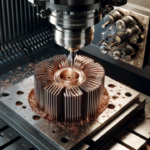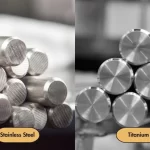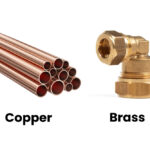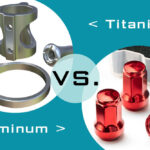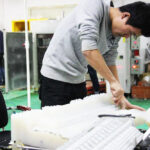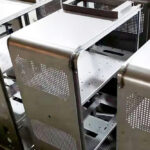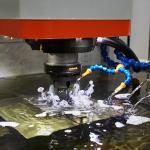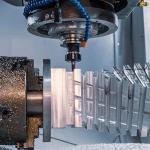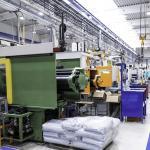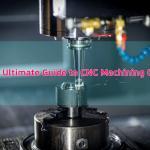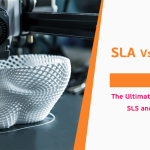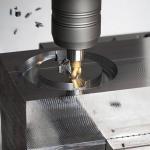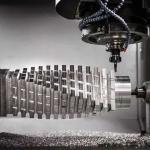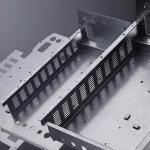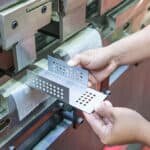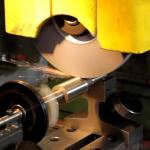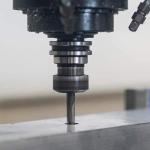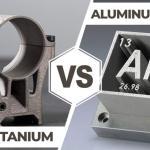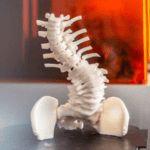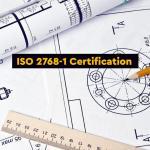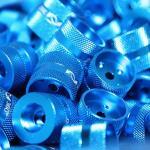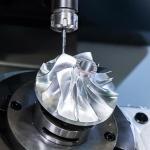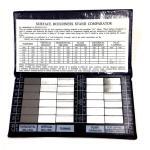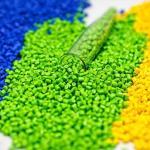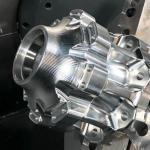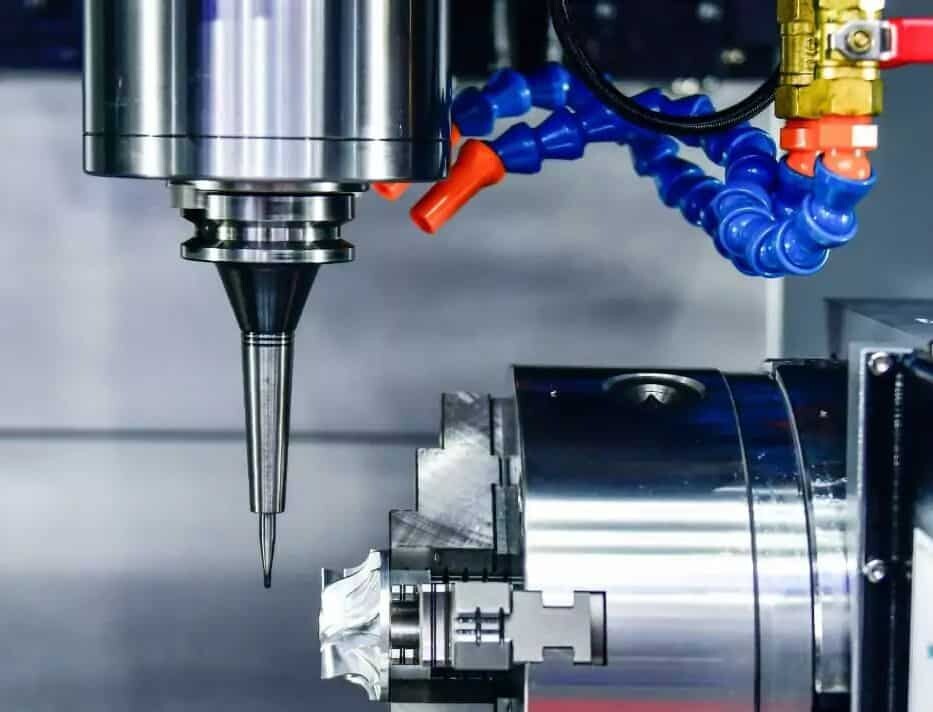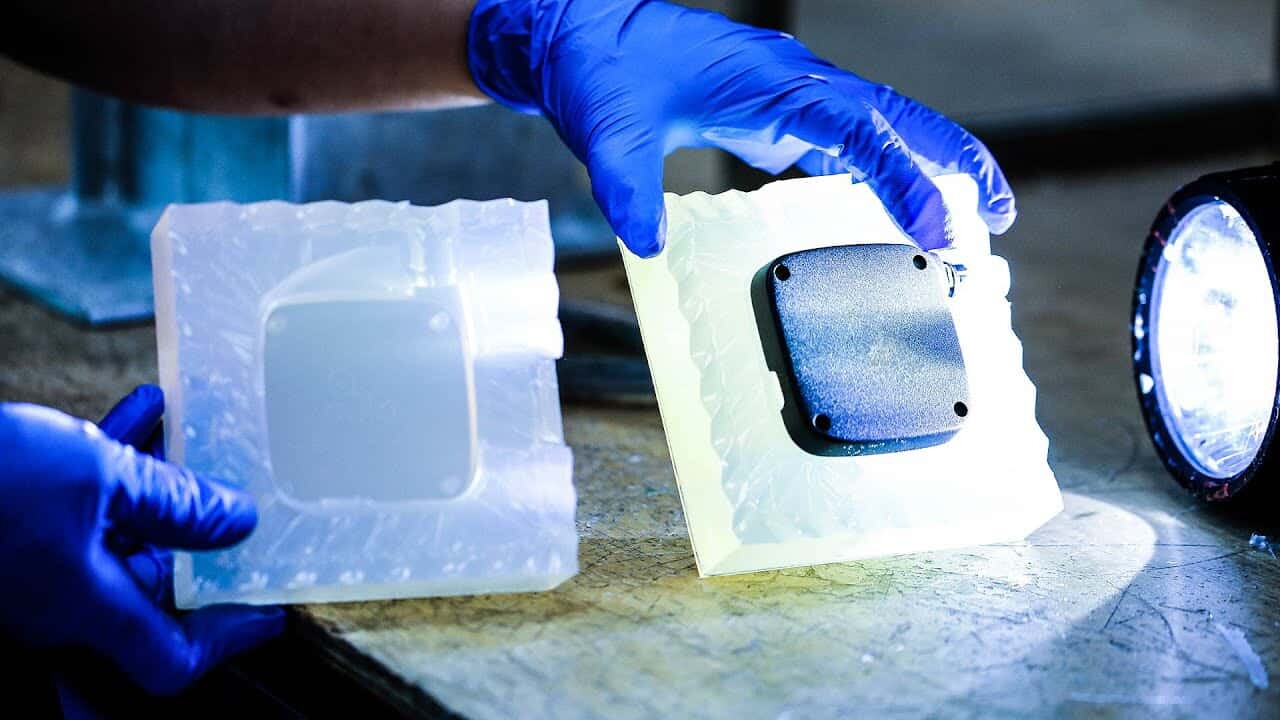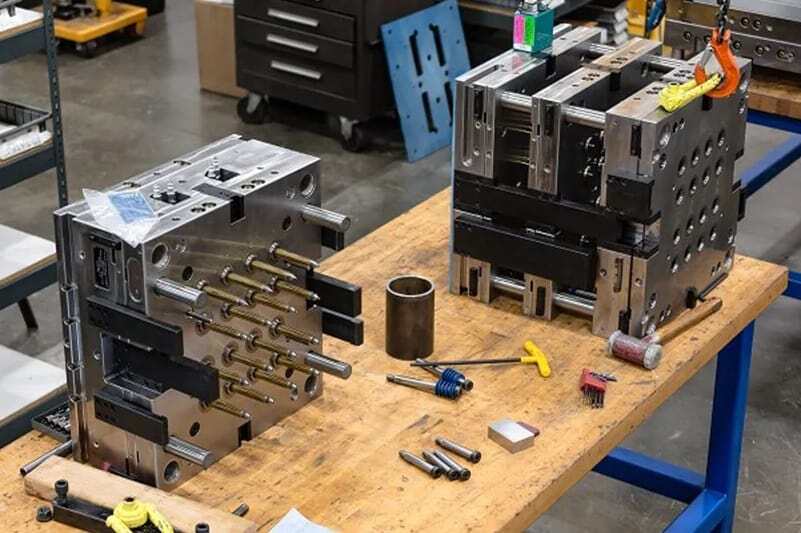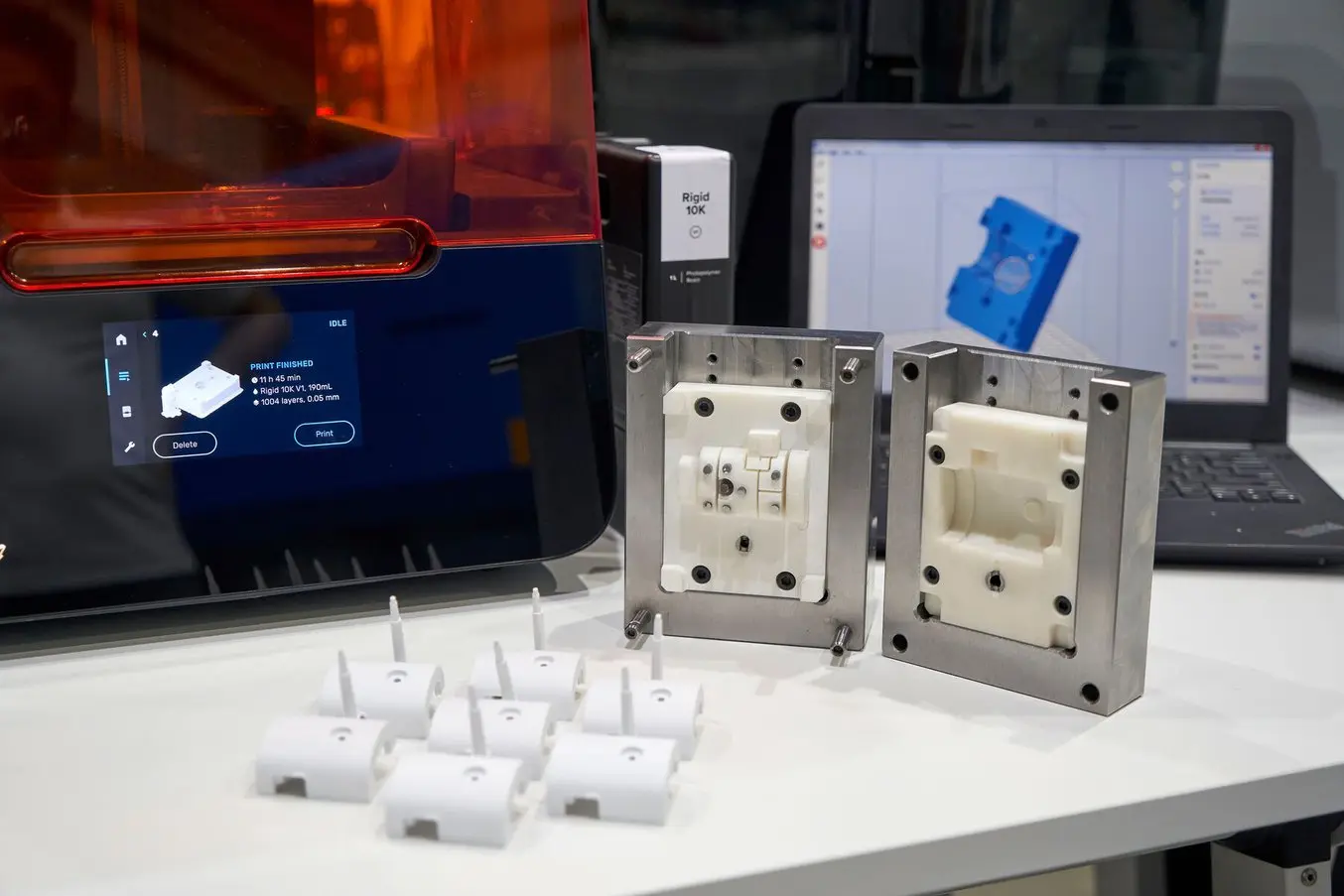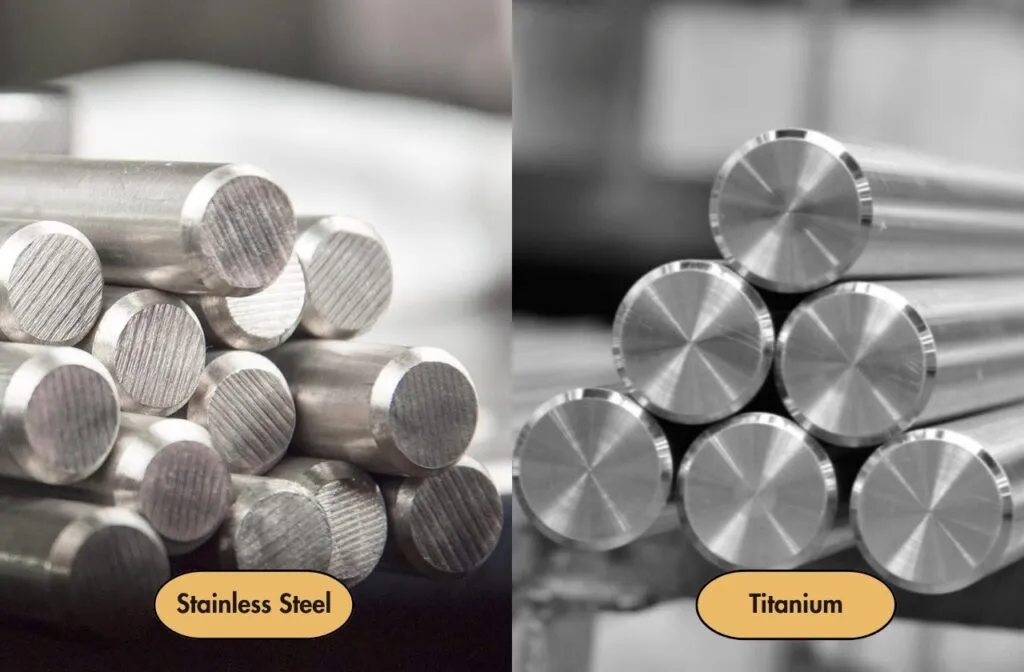Every industry in today’s market needs to consider the material for the production of parts, the first thing that comes to mind are three characteristics: the cost of the material, the price, the strength, and the weight. Both Aluminum and Titanium have other important properties, such as excellent corrosion and heat resistance, and they can be used to make parts for a variety of industries. The purpose of this blog is to introduce the advantages and disadvantages of Titanium and Aluminum, machining processes, types and other information. Provide constructive advice for you to choose the right material machining.
Table of Contents
ToggleTitanium Vs Aluminum, What is the Difference?
Every industry is looking for innovative ways to bring products to market in very little time. When lower cost materials are selected, profits will be maximized. Titanium and Aluminum are two metals, some people are very familiar with these two metals, but many people do not know what the difference is between Titanium alloy and Aluminum alloy, in fact, the difference between the two is very big, through the appearance can be distinguished, the price of the two is not the same. Titanium is a strong, lightweight material that has many different uses. Titanium and Aluminum are often compared because of their price. Aluminum is also a very strong metal that is less dense and cheaper than Titanium. Of course, factors will affect the final choice, taking into account the cost and the characteristics of the metal. A simple comparison of the properties of these metals will reveal how they differ and exactly what kind of material is suitable for that field.
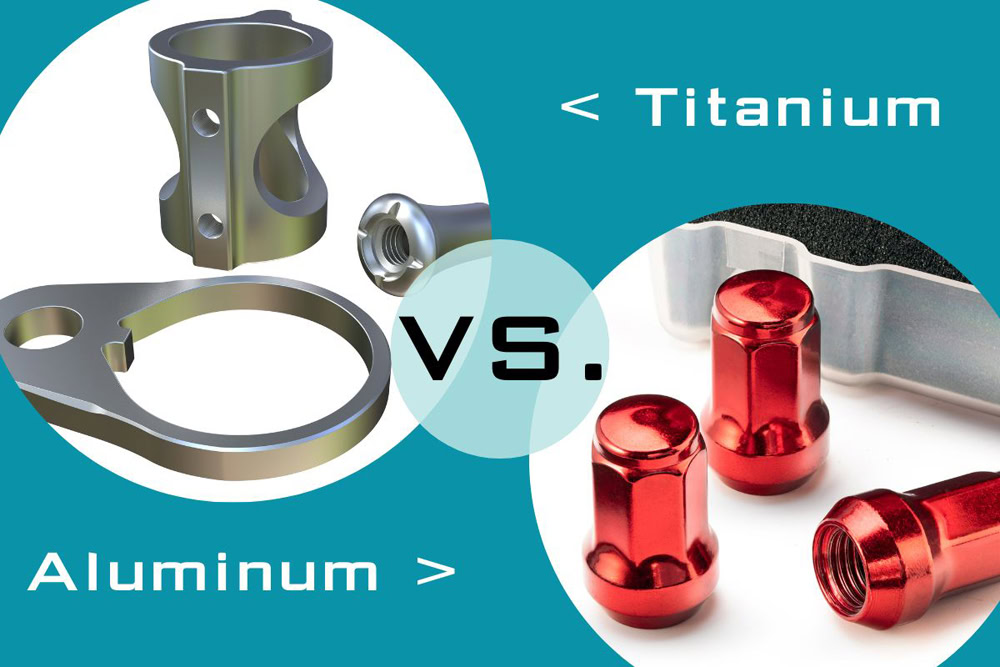
Titanium and Aluminum have different densities
Titanium is a silver-white transition metal with the chemical symbol Ti and atomic number 22. With a glossy silver appearance and a melting point of 1,668°C (3,034°F), it is not only excellent heat resistance but also known for its excellent strength and corrosion resistance. At the same time, Titanium is highly biocompatible and suitable for medical implants and surgical instruments. Such as knee replacements, pacemakers, skull plates, and even root devices used as dental implants. Titanium has a relatively low density of about 4.5 grams per cubic centimeter (g/cm³).
Aluminum is a chemical element with the symbol Al and atomic number 13. Aluminum is soft, lightweight, corrosion-resistant, silver-white in appearance, and it has good electrical and thermal conductivity. Aluminum has a density of 2.7 grams (g/cm³), which is less dense than Titanium. But Aluminum has a high hardness and can be used for a variety of purposes.
Materials | (g/cm3) | (KN·m/kg) | Strength of extension
| Hardness |
Titanium | 4.5 | 158 | 172 ksi | 70 HB |
Aluminum | 2.7 | 187 | 40 ksi | 15 HB |
Titanium and Aluminum differ in weight
Aluminum has a density of about 2,712 kg/m3, much lower than Titanium’s 4,500 kg/m3. Aluminum is considered lighter, while Titanium is three quarters heavier. The production process requires less Titanium to obtain the physical strength of Aluminum.
Titanium and Aluminum have different uses
Titanium because of its durability, high strength and light weight. Titanium can be used in aerospace industry, daily necessities, medical field, sports and entertainment, Marine applications.
Aerospace industry: Titanium can produce spray paint engine parts, fuselage parts, rockets, satellites, missiles and other parts. Titanium is commonly used in aircraft: fuselage, engine components and landing gear to help improve fuel efficiency and performance.
Medical field: Titanium implants, including bone plates, dental implants and artificial joints, prosthetics, use their biocompatibility and lightweight properties to promote faster healing.
Sports and entertainment: spectacle frames, watches, crutches, fishing rods, kitchenware, digital products, crafts, golf heads, golf clubs, tennis rackets, badminton rackets, ski poles and skates, decorations, etc. Titanium can also be used in sports equipment such as bicycle frames, golf and tennis rackets, increasing flexibility and operability without compromising durability.
Marine applications: The corrosion resistance and low density of Titanium can be applied to seawater desalination pipelines, offshore oil drilling pumps, valves, pipe fittings, and Marine components such as propeller shafts and offshore structures, where weight reduction is critical for efficiency and longevity.
Aluminum is the most common metal on Earth. Aluminum has low density and high corrosion resistance and can be used in aerospace, Marine industry, chemical industry, food packaging and outdoor equipment.Aluminum is one of the important materials in the aviation industry, and its durability and lightness can be used in the manufacture of aircraft frames and wing panels, aircraft propellers, radiators, rivets for high-strength aircraft components, etc.
Marine industry: Aluminum forms a thin layer of Aluminum oxide when exposed to air, which greatly improves its corrosion resistance. And its light weight has excellent comprehensive performance, can be used for the production of ship hull, support structure, support facilities, pipelines and so on.
Chemical industry: Aluminum is widely used in the chemical industry to manufacture corrosion-resistant components with complex structures, such as cylinders, pipe fittings, valves, pumps, pistons, etc.
Food packaging: Aluminum in the packaging industry should be beer, beverage and other food cans, Aluminum foil utensils fast food, product packaging, paste cosmetics packaging, etc.
Outdoor equipment: bicycle parts and vehicle frames, Aluminum POTS, pans, cooking utensils, tent poles, camping backpacks, hiking poles, fishing wheels, water bottles, etc.
Titanium and Aluminum are processed results in different prices
Titanium is more expensive than Aluminum. Due to its superior performance, although the cost of Titanium is higher, it can make the value of the product leap. Using lightweight metal parts in aircraft or spacecraft can save a lot of fuel, and Titanium parts also have a longer service life. Titanium is often used in high-end products.
Aluminum is the most cost-effective metal for CNC machining or 3D printing, while it is also suitable for many other prototyping methods. The cost of production is the primary consideration in choosing for processing purposes, and Aluminum is generally cheaper to produce and cast than Titanium.
Overall, Titanium is characterized by very high mining and manufacturing costs, but the high cost will limit its application. For example, in the general consumer market. If the cost of development is not an issue, and the uses used are the same, then Titanium is the first choice for processing.
Advantages of Titanium
1, High strength: the density of pure Titanium is close to the density of ordinary steel, and some high-strength Titanium alloys exceed the strength of many alloy structural steel.
2,High thermal strength: Aluminum can accept the processing temperature is several hundred degrees higher than its own, at a moderate temperature can still maintain the required strength, can work at a temperature of 450 ~ 500℃ for a long time. The strength of Aluminum alloy decreases obviously at 150℃.
3, Good low temperature performance: Titanium alloy can still maintain its mechanical properties at low and ultra-low temperatures.
4,Good corrosion resistance; Titanium alloy works in humid atmosphere and seawater medium, its corrosion resistance is much better than stainless steel; Resistance to pitting corrosion, acid corrosion, stress corrosion is particularly strong; Excellent corrosion resistance to alkali, chloride, chlorine, nitric acid, sulfuric acid, etc. It should be noted that Titanium has poor corrosion resistance to reducing oxygen and chromium salt media.
5, Chemical activity: the chemical activity of Titanium is large, and O, N, H, CO, CO2, water vapor, ammonia and other strong chemical reaction in the atmosphere. When the carbon content is greater than 0.2%, hard Tic will be formed in Titanium alloy. When the temperature is very high, TiN hard surface will be formed by the interaction with N; Above 600℃, Titanium absorbs oxygen to form a hardened layer with high hardness; The embrittlement layer is also formed when the hydrogen content increases. The depth of the hard and brittle surface produced by the absorption of gas can reach 0.1 ~ 0.15mm, and the hardening degree is 20% ~ 30%. At the same time, the chemical affinity of Titanium is also large, and it is easy to adhere to the friction surface.
Disadvantages of Titanium
1.The main limitation of Titaniumand Titanium alloys is poor chemical reactivity with other materials at high temperatures.
2, Titanium and the general traditional refining, melting and casting processing technology is different, because of its hardness often cause mold damage.
3, the price of Titanium has become very expensive, so it is mostly used in aircraft structures, aircraft, and used in high-tech industries such as petroleum and chemical industries.
Advantages of Aluminum
1.Aluminum is more cost effective and is preferred for budget conscious projects.
2.Aluminum is more suitable for mass production because it is less difficult to process than Titanium.
3.Aluminum’s lower density makes it extremely lightweight, ideal for applications where weight is light and important, but strength is not a major factor.
4.Aluminum has excellent electrical and thermal conductivity and low cost, making it suitable for long conductors and heat transfer applications.
Disadvantages of Aluminum
1.Aluminumis not as strong as Titanium, and Aluminum is reduced at high temperatures. Limiting its use in high stress applications.
2.Aluminumcorrodes more easily in harsh environments, so protective coatings are needed to resist corrosion.
3.Aluminum may have a shorter life and need to be replaced more frequently due to fatigue and wear characteristics.
Q &A
How to reduce the cost problem when choosing?
First of all, you need to think about the application of the product you want to make, and then consider whether the environment will affect the service life of the product. Of course, you can choose AN-prototype, AN-prototype has more than 15 years of CNC machining experience, can choose the right material for you to process, so as to reduce your production costs. The products produced have excellent quality, so that you have no worries.


